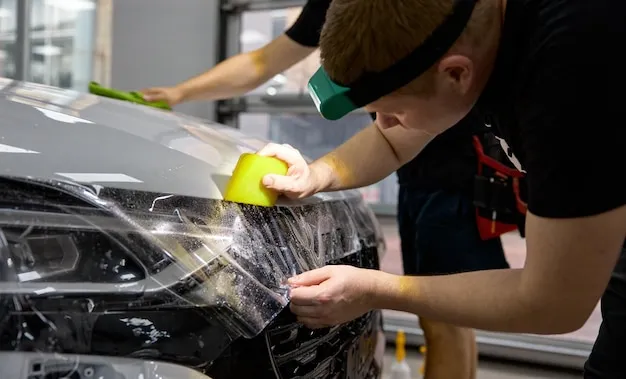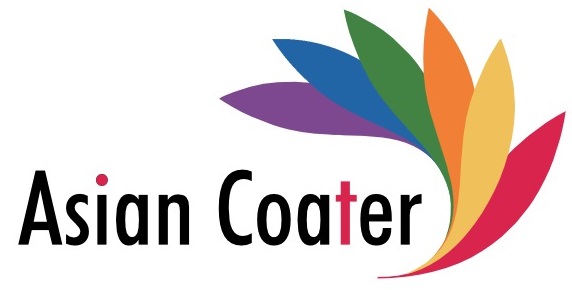Vinyl Film Pasting
Vinyl film pasting, also known as vinyl wrapping or vinyl application, is a process of applying a thin vinyl film onto a surface to change its appearance or provide protection. This technique is commonly used in automotive customization, architectural design, advertising, and interior decoration.
Vinyl film pasting offers numerous benefits, including:
- Versatility: Vinyl films are available in a wide range of colors, textures, and finishes, allowing for endless customization possibilities.
- Protection: Vinyl film provides a protective barrier against scratches, UV rays, and weather damage, prolonging the lifespan of the underlying surface.
- Cost-Effectiveness: Vinyl film pasting is often more affordable than traditional painting or refinishing methods, making it an economical choice for surface customization.
- Removability: Vinyl film can be easily removed without damaging the underlying surface, allowing for changes or updates to the design as needed.

Here’s an overview of Vinyl Film Pasting Services in Delhi NCR:
Surface Preparation: Before applying the vinyl film, the surface must be thoroughly cleaned and free of any dust, dirt, grease, or wax. Any imperfections or rough areas should be smoothed out to ensure proper adhesion of the vinyl.
Vinyl Film Selection: There are various types of vinyl films available, each with different textures, colors, finishes, and adhesive properties. The appropriate vinyl film is selected based on the specific application requirements, such as durability, weather resistance, and desired aesthetics.
Cutting and Trimming: The vinyl film is cut into the desired shape and size using specialized cutting tools, such as a vinyl cutter or plotter. The film is trimmed to fit the contours of the surface accurately, ensuring a seamless and professional-looking finish.
Application: The vinyl film is carefully applied onto the surface using techniques such as wet or dry application, depending on the type of vinyl and surface characteristics. During the application process, air bubbles and wrinkles are smoothed out to achieve a smooth and uniform appearance.
Heat Application: In some cases, heat may be applied to the vinyl film using a heat gun or heat lamp. Heat helps activate the adhesive and allows the vinyl to conform to the contours of the surface more effectively, ensuring better adhesion and durability.
Finishing Touches: Once the vinyl film is applied, any excess material is trimmed, and the edges are sealed to prevent lifting or peeling. The surface is then inspected for any imperfections, and final adjustments are made to ensure a flawless finish.
Vinyl film pasting is a versatile and cost-effective solution for transforming and protecting surfaces in various applications, from vehicles and buildings to signage and promotional displays.
